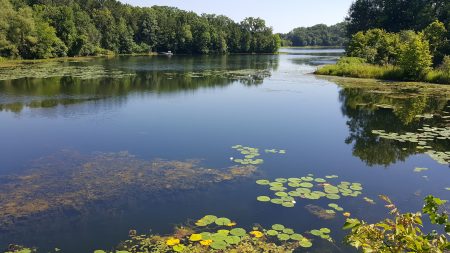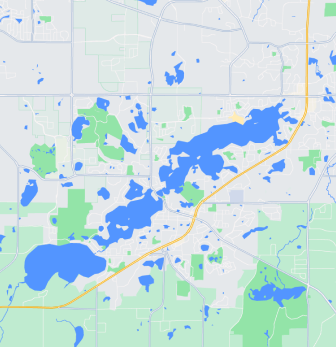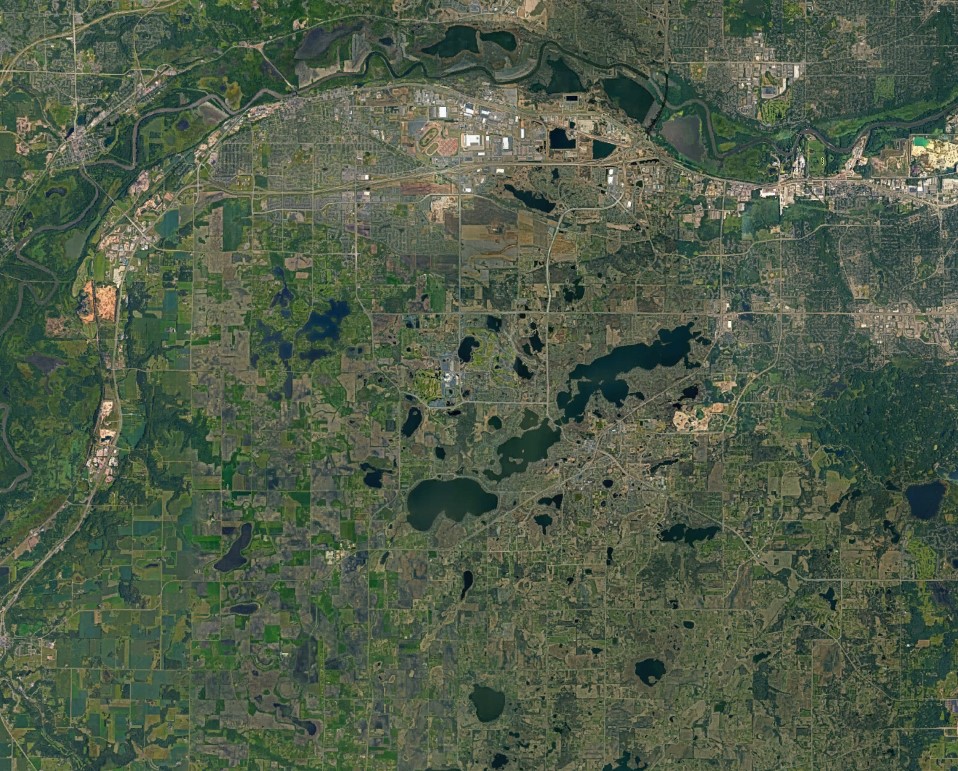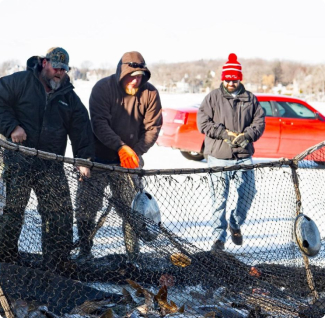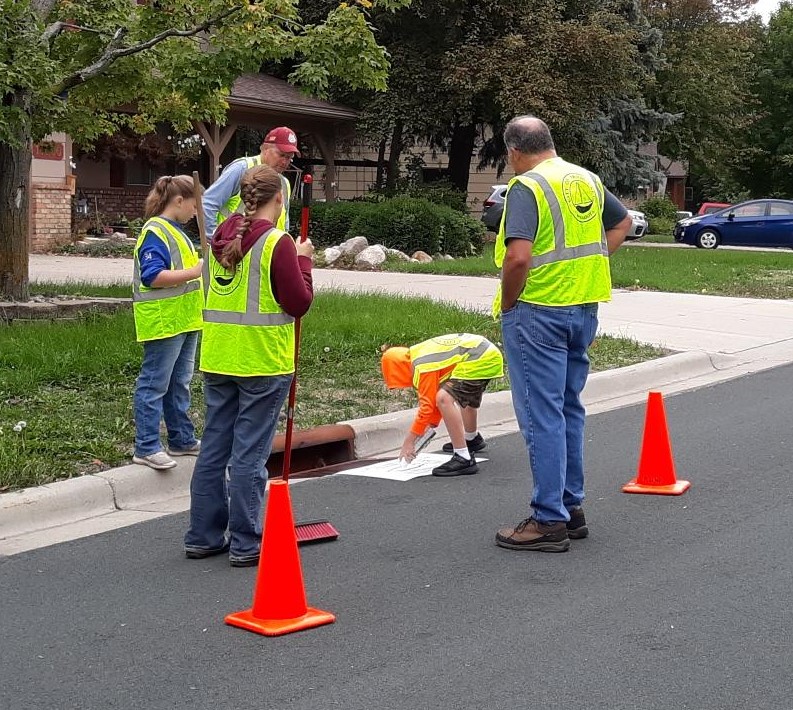Shoreline
Your lakeshore property plays an important role in the health of the lake
Shorelines and stream banks are important parts of aquatic ecosystems. They provide a natural barrier between events on land and the water. Maintaining a healthy shoreline helps keep sediment in place, pollution out of the water, and provides important wildlife habitat.
Protect Shorelines with Buffers
Natural shorelines are on the decline across the state, with about half of all Minnesota shorelines being developed. YOU can help! If your shoreline is still natural, that is great news. If not, there are many options available to you to balance personal aesthetic and responsible shoreline management.
Maintaining a native plant "buffer" of 15-50 feet between your lawn and the lake will go a long way in protecting your shore from erosion, stopping pollutants from entering the lake, and providing habitat to fish and other wildlife. Native plants will also work for you by providing privacy and beauty to your shore.
Learn how to protect your shoreline:
- View a past shoreline workshop on the Scott SWCD’s YouTube page.
- The DNR’s Restore Your Shore website provides information and guidance on how to restore your shoreline.
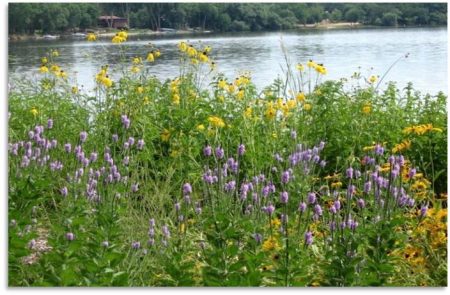
Resources
We work with Scott Soil and Water Conservation District to offer you FREE expert help to plan your shoreline restoration. Funding may also be available to help pay for your project.
Aquatic Vegetation Management
Aquatic plants are critical to maintaining good water quality. They keep water clear by stabilizing the shoreline and absorbing excess nutrients. They also provide food and habitat to fish and their young, as well as to the insects that fish and waterfowl eat. Some plants are invasive and can harm water quality and be a nuisance to recreation, such as Curlyleaf Pondweed. The District manages these species.
No matter how close to shore, aquatic plants growing in public waters are owned by the State. Before attempting to control or remove any aquatic plants, contact the DNR. DNR staff can help identify plants, guide you through restrictions and assist in identifying whether a permit will be required.
